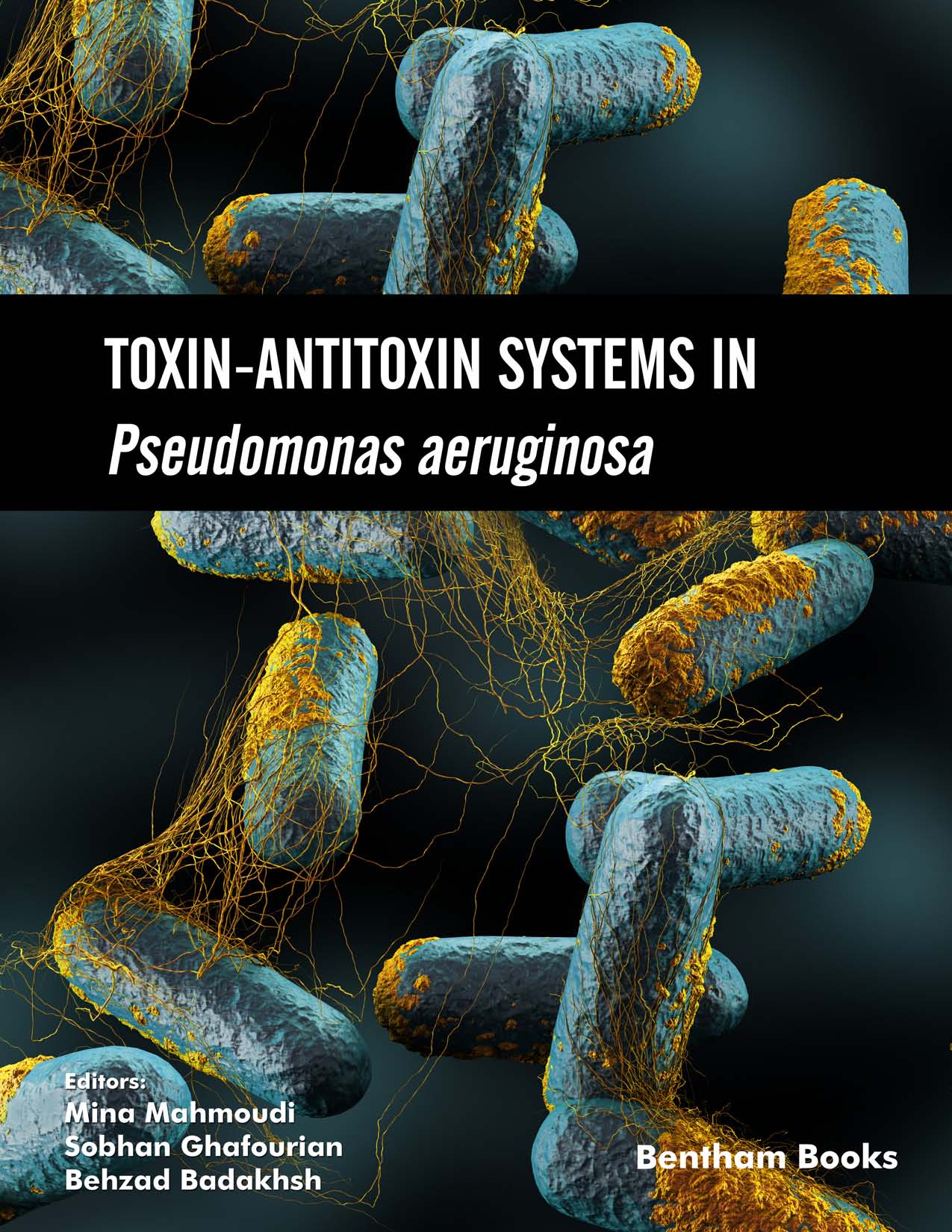Preface
No one knows exactly when humans and pathogenic bacteria were encountered with each other. But since then, the war began over life and survival between them. During this time, both sides of the war tried to equip themselves with all their might. Throughout time, sometimes humans and sometimes pathogenic bacteria have been victorious, but the contention has not ended yet. However, some of these pathogenic bacteria are stubborn fighters and require much more attention and unfortunately, humans have been disarmed against some of them. Among them, Pseudomonas aeruginosa is the pathogen that poses a serious threat to human health. The spectrum of its pathogenesis is very wide. So, the infection can range from a simple superficial infection to a deadly infection. Regrettably, it is one of the most resistant bacteria on the planet, which makes it one of the most prominent and ruthless bacterial fighters.
The present book deals with P. aeruginosa and toxin-antitoxin systems in the novel way. This book is recommended not only for interested students but also for those who are interested in research in this field. Currently, P. aeruginosa is one of the most essential topics for researchers due to its high pathogenicity and severe antibiotic resistance. On the other hand, toxin-antitoxin systems are considered as one of the most potentially novel antimicrobial targets. In recent years, several scientists have studied the toxin-antitoxin systems in P. aeruginosa and their role in pathogenicity, which have also achieved valuable results. Therefore, we have attempted to acquaint the readers with the P. aeruginosa as well as one of its most precious therapeutic potentials. However, studies in this area are very rare and limited, but we have tried to provide comprehensive information to the readers.
The chapters of this book are designed in such a way that even readers who have no knowledge of the subject of this book can get acquainted with it throughout the book. Accordingly, the contents of the book have been categorized in three main parts.
First, P. aeruginosa has been introduced in different aspects. In this section, readers will become familiar with this microorganism by studying the structure, pathogenicity, antibiotic resistance, and other features of this bacterium. It allows the readers to have almost complete information about the P. aeruginosa. Second, classification, structures and roles of toxin antitoxin systems in pathogenicity are explained, which determines how they are involved in the gene regulation and pathogenicity of the bacteria. Therefore, the reader will understand the importance and necessity of recognizing these systems. Third, well-known toxin-antitoxin systems and their functions have been discussed in P. aeruginosa. Indeed, we tried to provide useful information in an explicit way. At the end of the book, we hope that the readers will be almost ready to join other researchers by the approximate dominance to the topic. In addition, we look forward to be able to make a contribution to the advancement of science in this area.
Mina Mahmoudi
Department of Microbiology
Faculty of Medicine
Ilam University of Medical Sciences
Iran
Sobhan Ghafourian
Department of Microbiology
Faculty of Medicine
Ilam University of Medical Sciences
Iran
Behzad Badakhsh
Department of Gastroenterology
Faculty of Medicine
Ilam University of Medical Sciences
Iran

